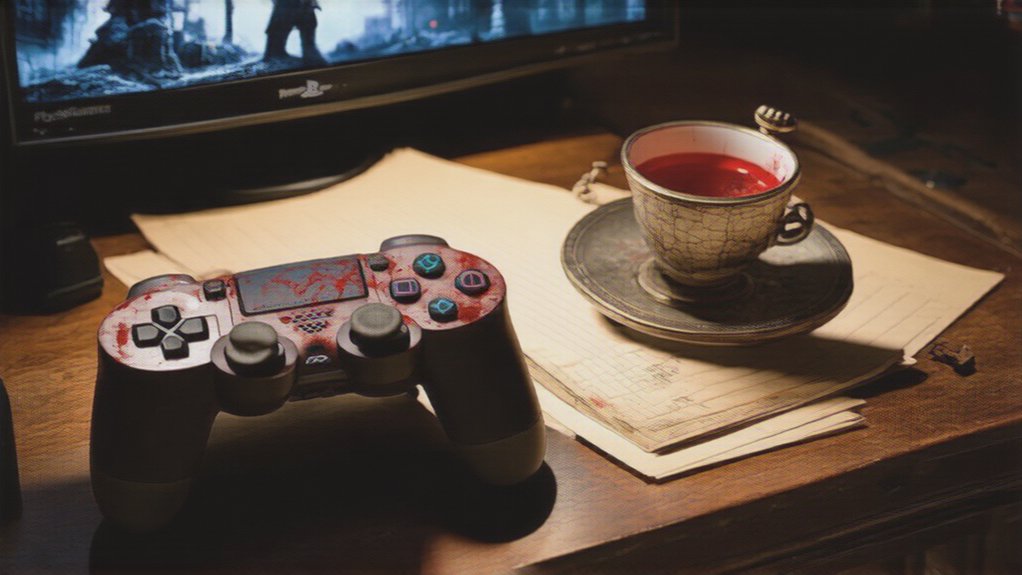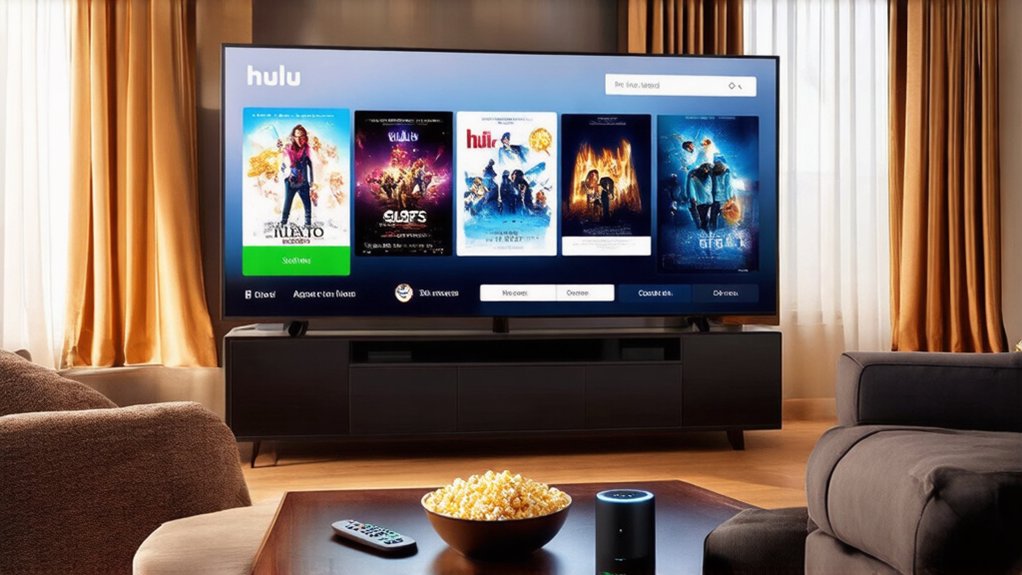A groundbreaking AI tool has breathed new digital life into everyone’s favorite cat-and-mouse duo. The TTT-MLP model, developed through a collaboration between Stanford and NVIDIA, has generated a one-minute Tom and Jerry episode that’s taking the internet by storm. Because apparently, we needed AI to help us watch more cartoons.
The video features Tom arriving at a New York City office, with the classic chase ensuing after Jerry damages a wire. The chaos unfolds with remarkable character consistency—something the tech nerds are pretty excited about. The model uses an innovative test-time training layer that outperformed multiple benchmark models, including Mamba2, by 34 Elo points in human evaluations. Translation: it’s good. Really good.
Revolutionary AI animation that’s surprisingly consistent—the tech nerds aren’t wrong this time.
Social media platforms like Instagram have been flooded with shares of this AI-generated content. Fans’ reactions? Mixed, to say the least. Some praise the technology’s creativity; others question its authenticity. It’s the classic “is this cool or terrifying” debate that follows every AI breakthrough. The team employed data cleaning techniques to ensure optimal model performance on the source material.
Despite its impressive performance, the technology isn’t perfect. Visual glitches appear occasionally. The videos are limited to one minute due to computational constraints. Critics have pointed out that the animation lacks the soul and detail that traditional hand-drawn episodes provided. The pre-trained model has approximately 500 million parameters. That’s a lot of math just to watch Tom chase Jerry.
The implications for the animation industry could be significant. “One-click” video generation could slash production costs and accelerate creative workflows. Educational applications are on the horizon too. The technology shows promise for scaling to longer durations and more complex narratives, potentially revolutionizing how animated content is created. This groundbreaking AI represents a landmark achievement in video generation technology.
The nostalgic appeal of Tom and Jerry has made this AI experiment particularly remarkable. People care about these characters. They’re part of our collective cultural memory.
Now they’re also part of our AI-generated future. Whether that’s progress or something else entirely depends on who you ask. The debate continues. The cat still chases the mouse. Some things never change.



